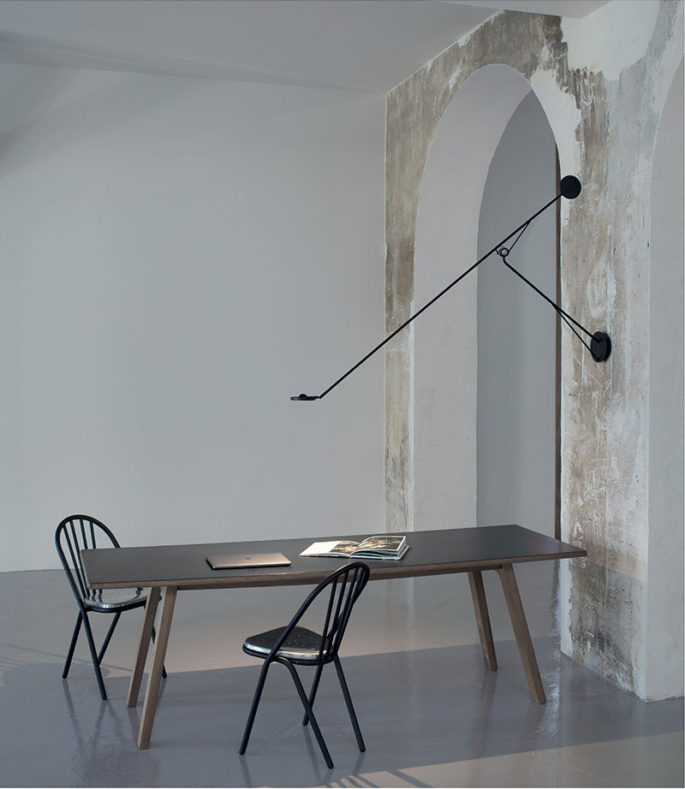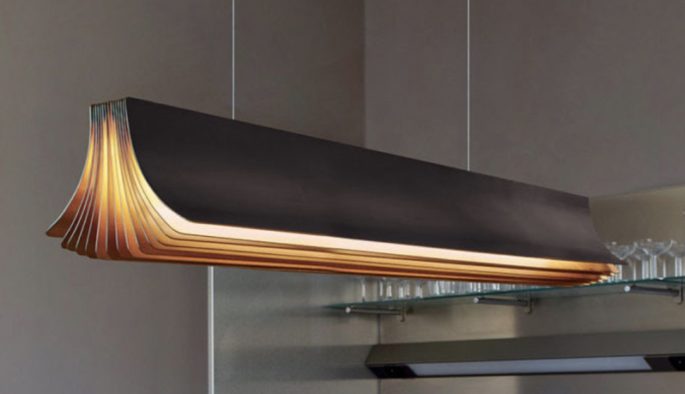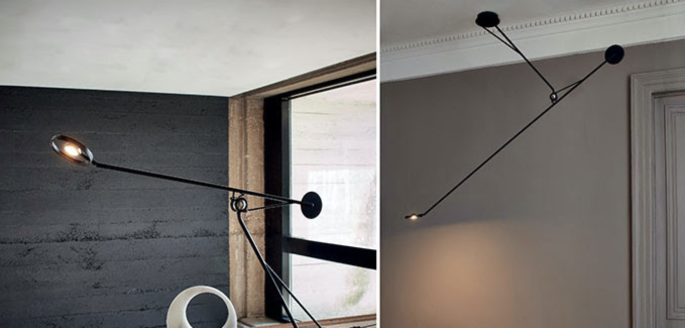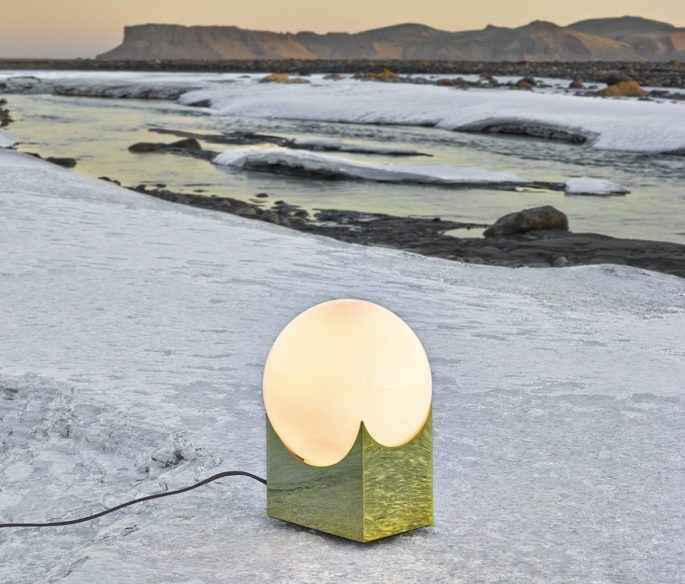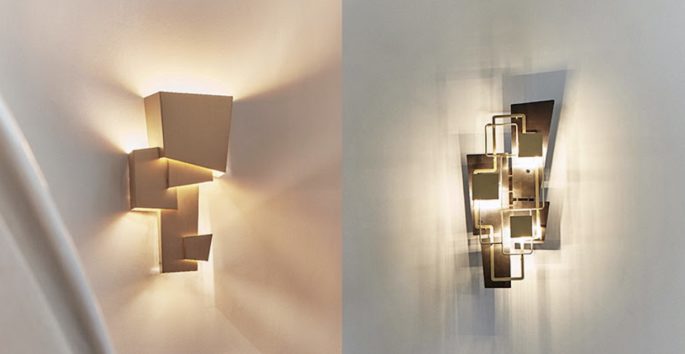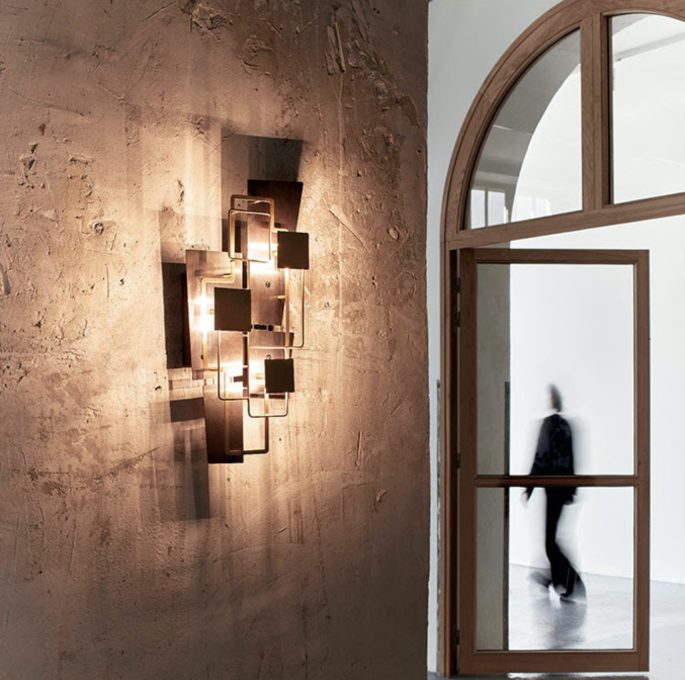Have you ever left the house thinking you looked great, only to discover you looked dreadful in a dressing room at a clothing store? Does the way you look in the bathrooms of some hotel rooms make you feel out of sorts while out of town? Are you unsettled by your reflection in airplane lavatories?
It’s not you. It’s the lighting.
Let’s call these spaces what they are: flawed accentuation chambers. Lit to your worst advantage. It doesn’t matter if you’re a supermodel. In cruel lighting, you will look like the villain in a classic horror flick — dark circles under your eyes, creases in your brow, wrinkles tracing around your mouth, sagging cheeks and moonscape complexion. Read more, ‘The Essential Guide to Lighting.’
This is no secret to cinematographers. They use light to make people look glamorous or ghastly, depending on the scene. “Whenever I walk in a room, I’m very conscious of the light,” said the Danish cinematographer Stephan Pehrsson, who used lighting to dramatic effect in the masterpiece production of “Les Misérables” on PBS and BBC One.
“I’m always aware of lighting that complements a person, what makes you look good, and also what makes someone look unattractive, what makes you look like a bad guy.”
He’s noticed a trend toward unflattering lighting in modern housing and commercial buildings. “You see lots of spotlights these days,” he said. “It’s really not good.” Overhead lighting is popular because it gives the space a sharp, clean look. But Mr. Pehrsson said it casts pronounced shadows across the face, particularly under your eyes, enhancing wrinkles and imperfections. It doesn’t do your body any favours either. Every bulge, droop and wrinkle becomes like an awning, throwing shade underneath. Read more, ‘Lighting a Room, Simplified.’
The photographer Jennifer Graylock, who works with celebrity and fashion clients, described the phenomenon this way: “You know when you put a flashlight under your chin and you look scary? Overhead lighting is the opposite. It is just making you look scary from the top.” This is the case in many retailers’ dressing rooms (hello H&M, Nordstrom and Target) and hotel bathrooms. Plus, the light that shines down often has an icy blue or greenish tint that makes you look like you require urgent medical attention.
While several studies show that the angle, intensity, colour and quality of light can have a profound impact on perception and mood, lighting remains an oft-neglected aspect of interior design. “People just don’t realize how much lighting affects them,” said Robin Muto, an interior designer in Rochester, N.Y.
“If you’re looking at other people in lighting that makes them look dreary, drawn and horrible, you start to feel that way, too.”
So what will cast you and your houseguests in the best light? It helps to think of the kind of light that makes you feel good when you look at it. It’s probably not the white-hot sun beating down at high noon. It’s more likely the reflected glow from a sunset or from a warm, cosy fire. This light is softer, maybe a bit rosy and golden. It’s diffuse and coming at you from the side.
To replicate this effect indoors, place shaded or frosted-glass table lamps at eye level. Or consider a torchère, which is a floor lamp that shines light up at the ceiling the way the sun shines its light up as it dips into the horizon.
If you have overhead lighting, find fixtures that can be angled so light bounces off the walls and hits people at a side angle.
Also effective are so-called wall washers — fixtures designed so light bounces off baffles or reflectors inside rooms, which then directs the light out more horizontally than vertically. You get a very pretty, broad wash of light, like mist from an aerosol can. You are spraying the wall with light.
To look your most attractive in the bathroom, you want lights that flank or encircle the mirror, as you might find in a backstage dressing room. Shaded or covered sconces positioned at head height about the room will further smooth and soften your appearance. But perhaps the best light sources are those you cannot see.
It’s best to hide lighting behind mirrors or within moulding, or have it shining up from skirting boards. Such features are why you look so much better in dressing rooms at higher-end stores like Neiman Marcus and Saks Fifth Avenue.
Diffusion and control of the light source are key to looking good and feeling good.
The quality of the lighting matters too. When buying light bulbs, you want to look for two key indicators. The first is the correlated colour temperature, or CCT, which tells you how warm the light appears. It is measured by scale and denotes the temperature required for a black object (think charcoal) to emit a certain colour. You know how the hottest part of the flame is the blue part at the bottom, and the orangey-yellow part toward the top is cooler? It’s the same with CCT. The higher the colour, the bluer or whiter the light.
People tend to look the best when illuminated by light bulbs that measure around 2700 kelvins. Most bulbs, whether incandescent, LED, compact fluorescent or halogen, are labeled soft white/warm white, “bright white/cool white” or “daylight”. Labels aren’t standard across types of light bulbs and vary depending upon the manufacturer. An LED doesn’t look the same in an incandescent, but you might find an LED at a higher or lower colour that approximates the incandescent bulb’s look. Do some experimenting by taking home a few different bulbs to find out what kind of light, at which CCT and by which manufacturer, you find most appealing.
On websites like Bulbs.com, 1000bulbs.com and Bulbrite.com, you can easily search for your desired specifications and save yourself a potentially fruitless trip to the hardware store. Dimmers are great for customizing the intensity, or lumens, of the bulbs you buy, depending on the mood you want to create or the task at hand (say, reading a book vs. entertaining guests). If you’re a D.I.Y. type, there are lots of YouTube videos that demonstrate how to replace an existing light switch with a dimmer switch. Just remember to cut off the power to the switch first, lest the lights prematurely go out forever.


